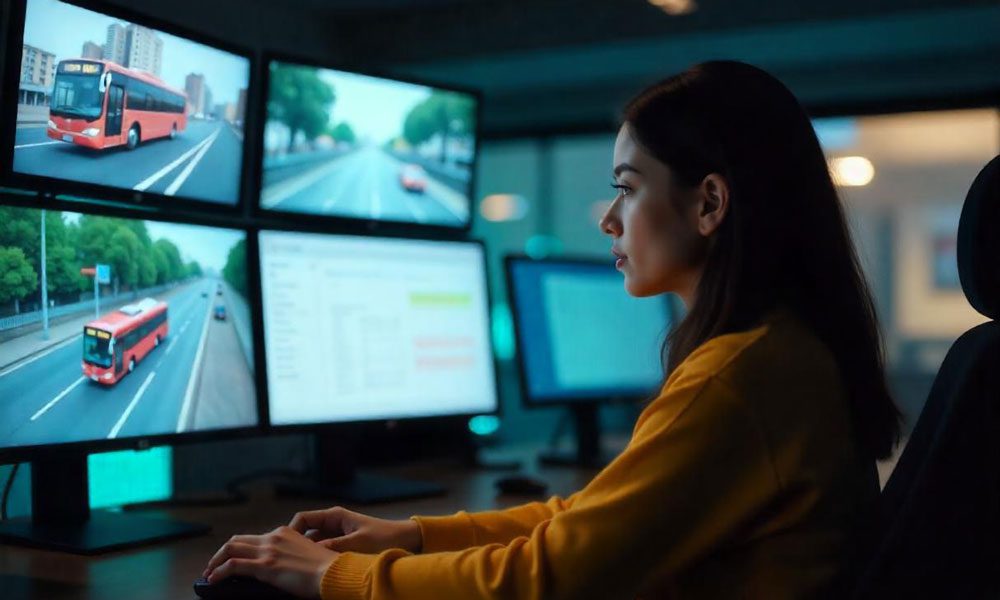5 Benefits of Using Video Surveillance for Driver Coaching
Your video surveillance system can be more effective at getting to the root of an issue than a traditional training approach.
Bus video is often used for accident reconstruction, defense of false claims, and overall risk mitigation. At a basic level, you want to see exactly what happened so you can address issues effectively. This makes video surveillance footage a powerful tool for driver coaching.
Your video surveillance system can reduce the costs of conducting a wide range of training sessions and supervisor check-ins. You could choose to rely solely on the data from the video system. Or, you could choose to run in-person programs at a reduced scale alongside surveillance system random checks. Either way, you free up your supervisors for other tasks, eliminate the need for performance consultants, and address real-world versus perfect-world behaviors.
Using video for coaching will save you time. Supervisors can download and fast-forward through non-action sequences to home in on the details that matter most. Hours of ride-along footage can be condensed into an hour of viewing. Or, if you are conducting random spot checks rather than capturing large blocks of time, your supervisors can randomly check in on several drivers in the space of a morning.
Driver Coaching: More than a Good Idea
A commitment to Driver Coaching yields both agency and driver benefits. Through driver coaching, the agency can reduce operating costs by:
- Reduced vehicle wear and tear.
- Reduced vehicle repair and replacement.
- Lower fuel costs.
- Reduce insurance premiums.
- Improved vehicle uptime.
And the driver benefits from:
- Participating in ongoing constructive conversations that show you value them as a team member.
- Improved working relationships with their employer.
- Non-biased evidence of their performance.
- Ability to relay concerns to management for resolution.
The “driver” bullets above are indirect agency benefits too. They make the work environment a positive one, contributing to driver retention. This alone is reason to build out a driver coaching program.
Risk Management through Driver Coaching
A key goal of driver coaching is managing risk by reducing the number of accidents the agency is exposed to. This worthy goal leads to:
- Reduced accident investigation administrative costs.
- Reduced insurance claim handling.
- Fewer vehicle repairs.
- Less personnel reassignment/job rescheduling /employee replacement and training.
- Improved agency reputation, and ultimately, improved ridership.
Don’t Knock it ‘til You Try It
Your video surveillance system can be more effective at getting to the root of an issue than a traditional training approach. This is because driver behavior changes when a supervisor is present — also known as the Hawthorne Effect. When people know they are being observed, they demonstrate best behaviors. These behaviors are often temporary and short-lived. When your supervisor is on-board a bus for training or evaluation purposes, your driver doesn’t always exhibit real-world practices. This results in missed coaching opportunities and inaccurate assessments.
Another reason video surveillance can be so effective for driver coaching is an agency’s ability to leverage the randomness of pulling video. A fleet manager can pull any segment of video at any time without any notice. The drivers never know when they are being observed, and therefore, are on their best behaviors regularly and consistently. And you know what they say about habit…the more your drivers operate this way, the more these behaviors become second nature.
Still on the Fence? Here are 5 key benefits to motivate you to take the plunge:
- You’ll be halfway toward implementing a sophisticated driver performance program. All the planning, the processes, and policies you’ll need to establish are the same if you use your video surveillance system or implement a system designed for coaching. Get that initial hurdle out of the way now and build on it when you are ready to take the next step in your driver coaching journey.
- You will save money. The time and resource investment you make in establishing this program will be offset by the savings. Best driving practices will translate into fewer accidents, fewer repair costs, and lower insurance rates.
- You will motivate your team. It’s human nature to worry about being watched. But if you frame the program in a positive way and work with your team to build confidence and excellence, you’ll be rewarded with a happier crew.
- You are one step away from establishing a driver award/recognition program — why not do this too? Coaching is one-half of a powerhouse team when you add driver recognition to the mix. Instilling pride and confidence in your drivers is one thing. Rewarding them and showcasing their performance to the rest of the team is next level.
- You can leverage your experience to transition to a full driver coaching/recognition program when you are ready.
This point mirrors point one above, but it’s worth repeating. The effort you put into this now will not be wasted in the future when/if you chose to implement a driver performance program. Do half of the work now and leverage this effort when you and your budget are ready to make the move.
Dan Pulskamp VP, Transit Bus and Rail




